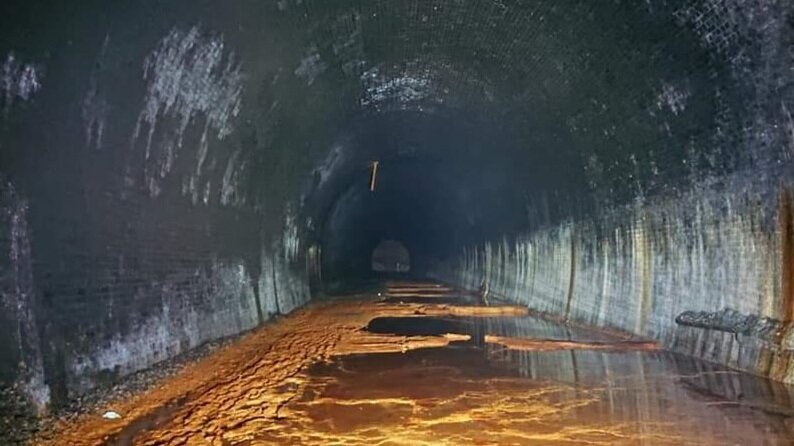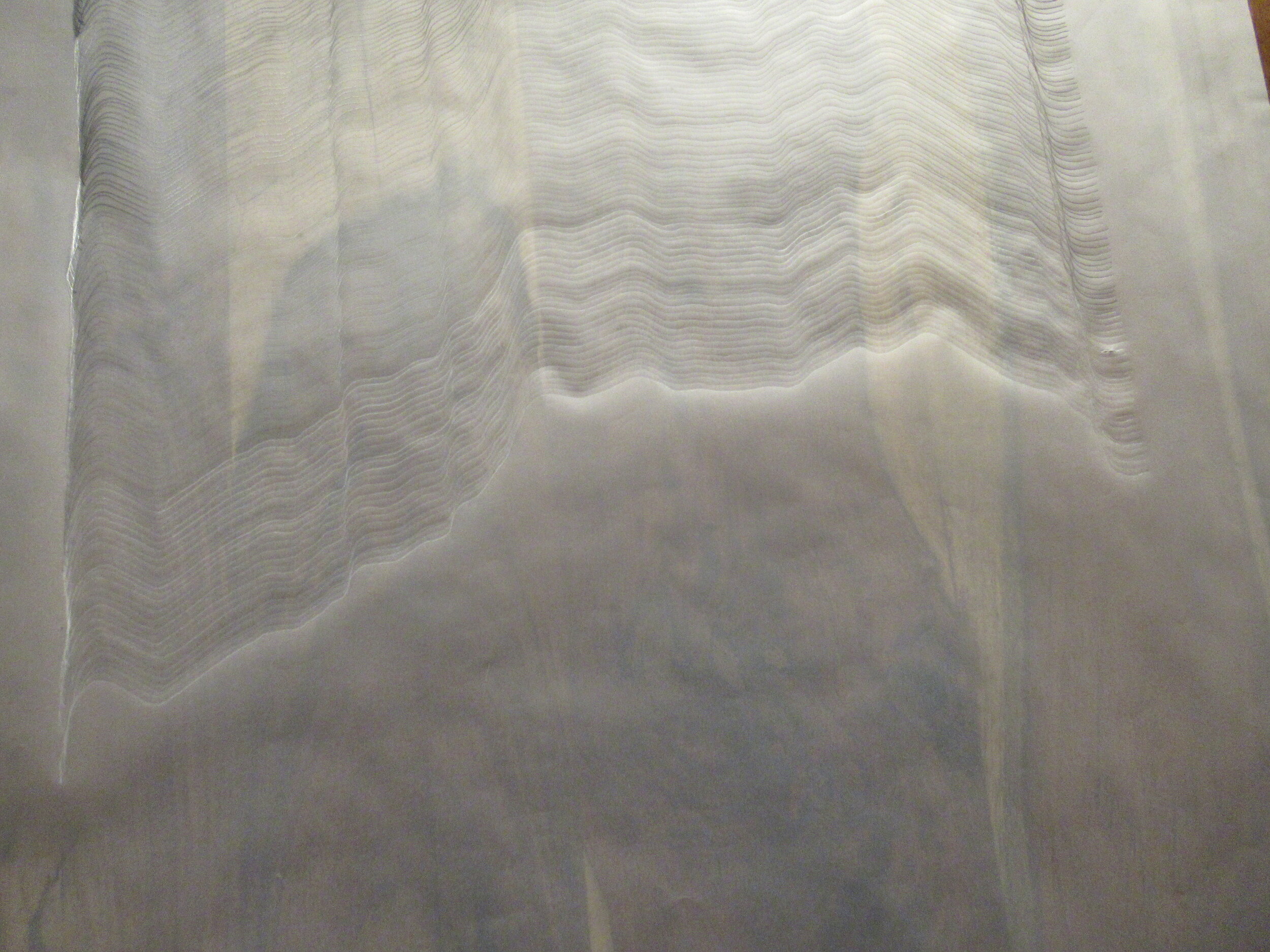This blog entry is written to accompany my Oxfordshire Artweeks 2023 exhibition, which features my artwork “Amfortas”:
“Amfortas” - copyright Mark Clay 2023
“Amfortas” originated as a broken splinter of railway sleeper which I retrieved (in September 2021) from the currently disused Amlwch railway line on Anglesey. It was the theme of my Masters degree in Fine Art, and has fascinated me for many years.
I picked up this small fragment (about 70cm long) and brought it home on instinct. I am something of a magpie when it comes to collecting materials from places that interest me. (Don’t look in my shed.) I knew I wanted to do something with it but I did not know what, at first. I was interested in the idea of portraying the materiality of the railway for those who neither knew nor visited it. Found materials from the line itself seemed the best way to achieve that. When I got home from Anglesey, I left it sitting on the window sill to dry out, uncertain what I should do with it. And there it stayed until May 2022.
Close by, a reel of bright red cotton thread had spent a similar period of time waiting for me to use it. I had been pondering using thread as a means of introducing colour to my work for a while - and indeed had already used thread in some of my previous pieces. Quite what the exact timing and impetus was for combining these two materials I can no longer recall. Sometimes things just emerge from a period of patience and reflection. You can’t force ideas - like smacking the bottom of a ketchup bottle. But it is probable that it was at least in part due to my listening to one of my favourite operas, “Parsifal” by Richard Wagner.
The place where I found my sleeper fragment, not far from Llanerchymedd, Anglesey. Copyright Mark Clay 2021.
I was particularly interested in the little notch or hole in the sleeper fragment (see above) which is what had attracted me to this particular piece of sleeper. When the idea came to bind the area around the hole with red thread to make it resemble a wound, I knew that my idea had finally crystallised after those long months.
“Parsifal”, which I have blogged about previously as a source of inspiration in its own right (albeit still to emerge after several years!), features the character Amfortas. He suffers from a wound that never heals. With that, it seemed to me that I could make a meaningful connection between the outwardly dissimilar railway line and the operatic character: the railway line, too, could be said to be “wounded” beyond repair. And I realise only as I write this blog that there is even a pleasing semi-similarity in the names: Amlwch and Amfortas.
Wagner’s operas draw heavily on mythology in their texts and underlying ideas (Gods, knights, magic powers, love potions, etc.). The reasons for this are as huge and complex as the operas themselves, but it seems to me that part of the reason for this is to use the power of mythology to elevate the ideas and the music to something more timeless and eternal, and thereby to increase their power and impact. Without in any way wishing to put my art on the level of Wagner’s, it did seem to me that there was a similar potential in taking this sad fragment of a decaying railway and transforming it into a piece of art that carries ideas to people through exhibition and discussion, far beyond its genesis and location.
“Parsifal” is a great hymn to pity, compassion and redemption. At its close, Amfortas is in fact redeemed, and his wound is healed. Perhaps there is hope for a similar redemption and healing for the Amlwch railway line too, as the volunteers of Lein Amlwch strive to repair it to allow trains to run again. Let’s hope so.






